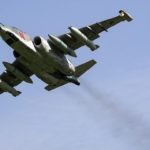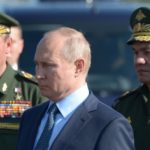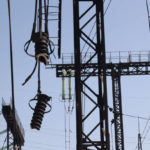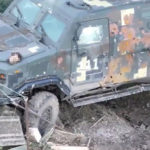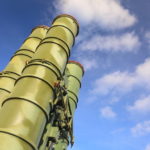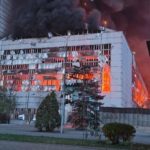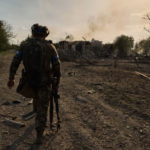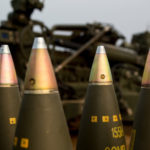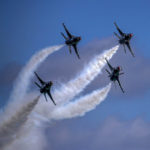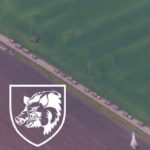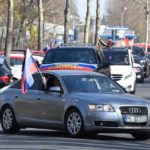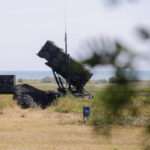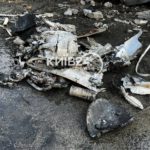General Valeriy Zaluzhny, the Chief Commander of the Ukrainian Armed Forces, believes that the situation on the frontlines has reached an impasse, where neither side can make progress, as they are equally technologically equipped. He likened this to the events of World War I.
Zaluzhny made these remarks in an interview with “The Economist”.
In five months of counteroffensive, Ukraine has only managed to advance 17 kilometers. Russia spent ten months fighting around Bakhmut in the east to capture a city that measures 6 by 6 kilometers.
Sharing his initial comprehensive assessment of the campaign, the Chief Commander of the Ukrainian Armed Forces stated that the battlefield reminds him of a major conflict from a century ago.
He said, “Just like in World War I, we have reached a level of technology that puts us in a deadlock… A deep and glorious breakthrough is unlikely”.
General Zaluzhny believes that a powerful technological leap is required to break free from this impasse.
The course of the counteroffensive shattered Western expectations that Ukraine could use it to demonstrate that the war is unwinnable and change Vladimir Putin’s calculations, compelling the Russian president to come to the negotiation table. It also undermined General Zaluzhny’s assumption that he could stop Russia by bleeding its forces.
He said, “This was my mistake. Russia has lost at least 150,000 soldiers. In any other country, such losses would have stopped the war. But not in Russia, where life is cheap and where Putin looks to the First and Second World Wars, where Russia lost tens of millions of people”.
According to him, the Ukrainian standard army was supposed to advance at a speed of 30 kilometers per day, breaking through Russian defensive lines. He added, “If you look at NATO textbooks and the mathematical calculations we made [in planning the counteroffensive], four months should have been enough to reach Crimea, fight in Crimea, return from Crimea, and go back again”.
Instead, he witnessed Ukrainian forces and equipment getting stuck in minefields on the approach to Bakhmut in the east, with Russian artillery and drones shooting down Western weaponry.
A similar story unfolded on the main southern offensive direction, where newly formed and inexperienced brigades, despite being equipped with modern Western gear, immediately encountered problems. He said, “At first, I thought there was something wrong with our commanders, so I replaced some of them. Then I thought, maybe our soldiers are not fit for the task, and transferred soldiers in some brigades”.
When these changes did not yield results, the Chief Commander ordered his subordinates to find a book he had seen when he was a student at the military academy in Ukraine. It was about “Breaking through fortified defense lines” and was published in 1941 by Soviet Major General P.S. Smirnov, who analyzed battles in World War I. He explained, “Even before I had read it halfway, I understood that this was where we were, because just like then, the level of our technological development today baffles both us and our enemies”.
He confirmed this thesis when he visited the frontline in Avdiivka, where Russia had recently advanced hundreds of meters in just a few weeks, deploying two of their armies. He said, “On our monitors that day when I was there, we saw 140 Russian vehicles burning in flames within four hours of entering the range of our artillery. Those who tried to escape were pursued by FPV drones, remotely operated and equipped with explosive charges, which their operators simply rammed into the enemy”.
The same scenario unfolds when Ukrainian forces attempt to advance. Zaluzhny describes a battlefield where modern sensors can detect any concentration of forces, and modern precision weaponry can destroy them. He said, “The simple fact is that we see everything the enemy does, and he sees everything we do. To get out of this deadlock, we need something new, like the gunpowder invented by the Chinese, which we are still using to kill each other”.
It’s worth noting that currently, occupiers are arriving en masse on the frontlines after two months of preparation.
Photo: Getty Images


